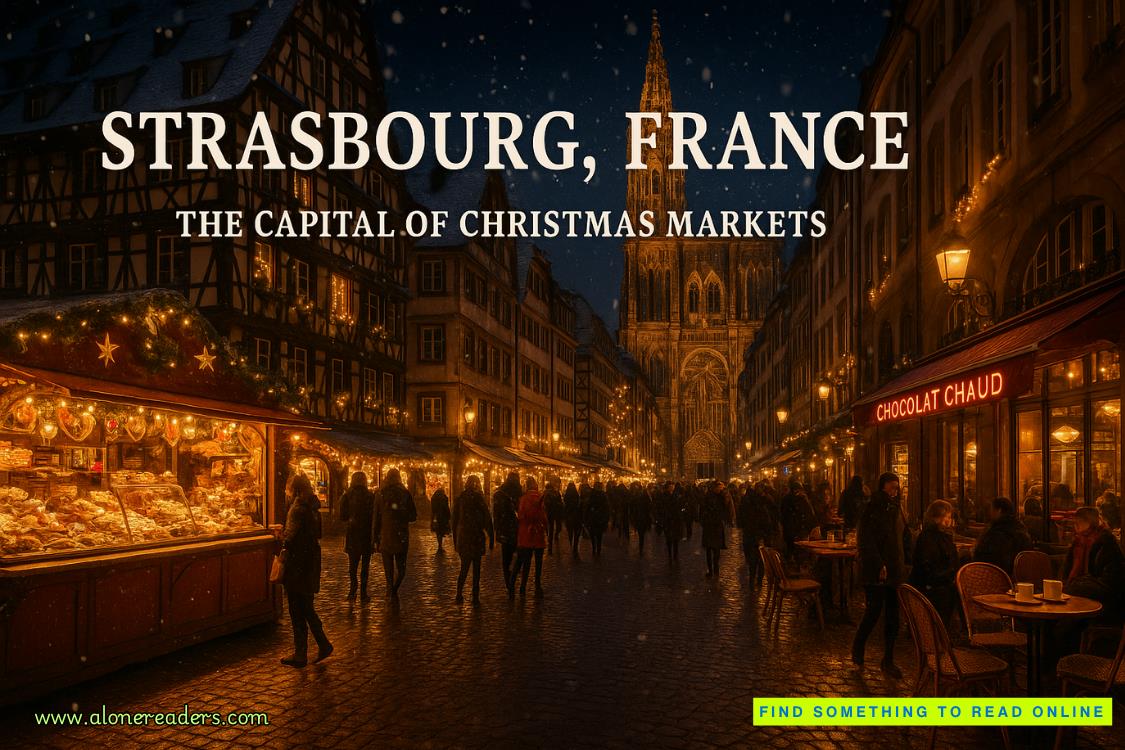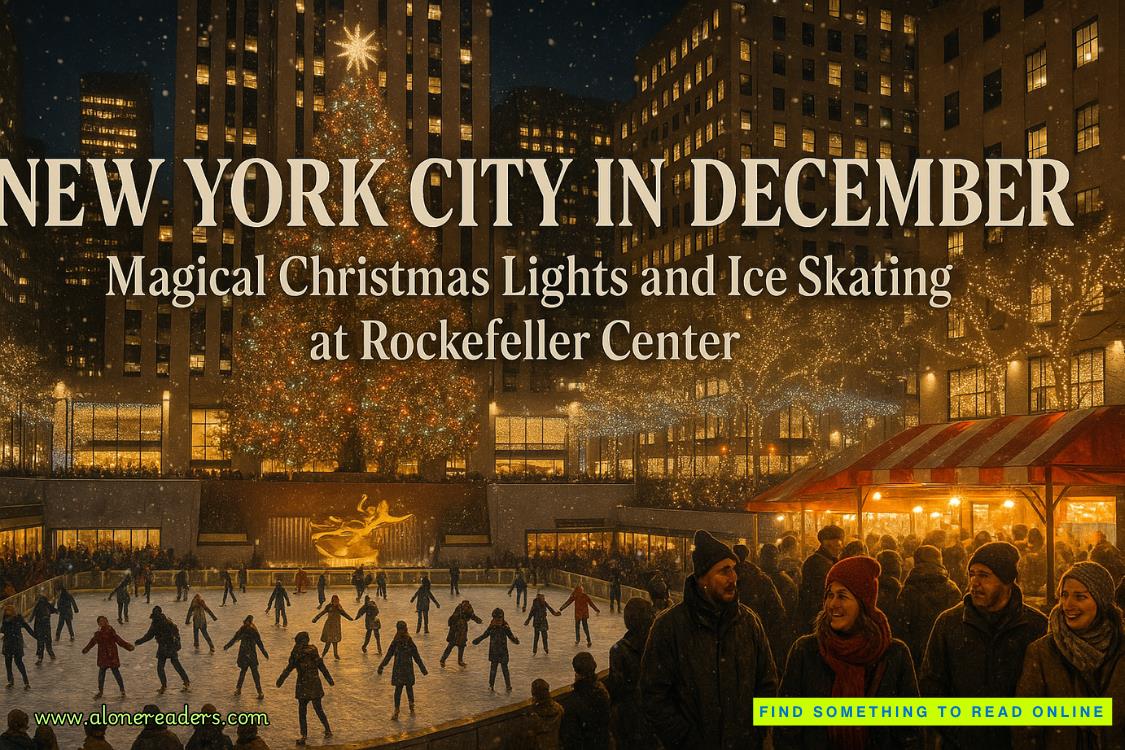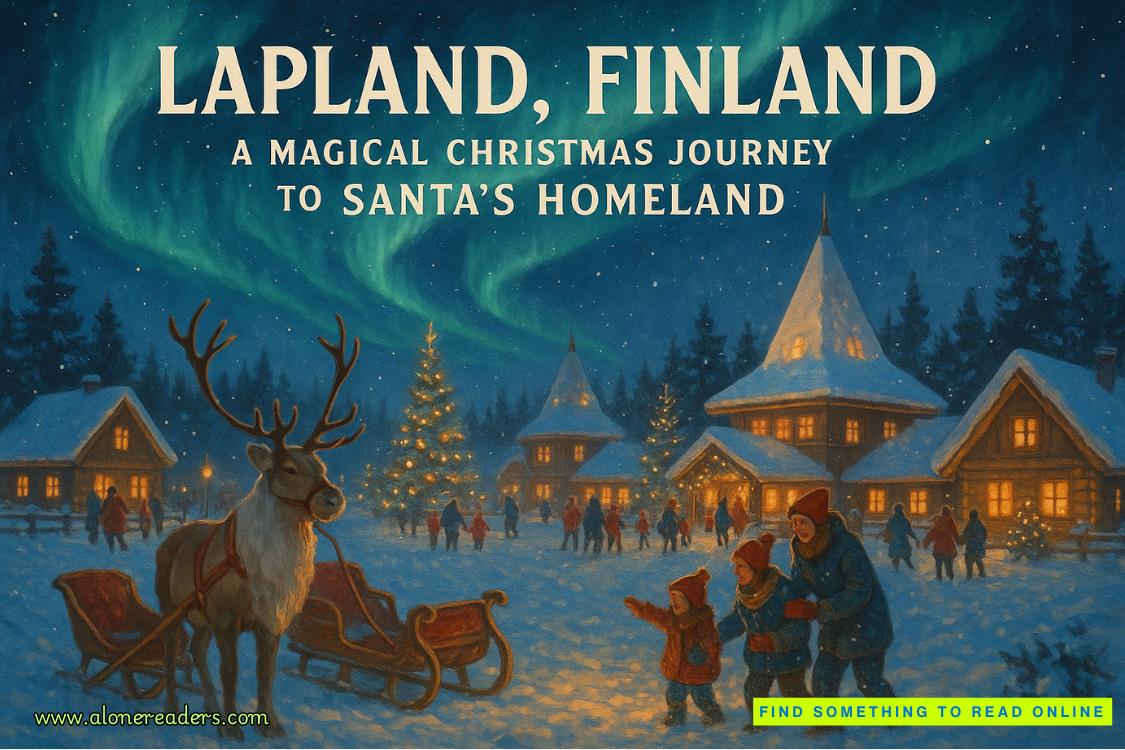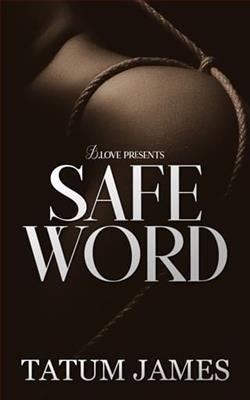Page 1 of His Secret Merger
CHAPTER ONE
Damian
The knock on my door was too soft to be urgent but too purposeful to ignore.
“Come in,” I called, closing the donor spreadsheet in front of me. I’d been staring at it so long that the numbers were beginning to look like abstract art.
Louisa stepped inside, dressed in her usual neutral palette—soft gray slacks, white blouse, and thin gold chain that caught the light. It was just enough to sayI have impeccable taste and I’m not trying too hard. She was brilliant like that—sharp without showboating.
I smiled. “If this is about next week’s Provenance Roundtable, tell me you’re canceling it. I need one less thing on fire.”
She gave me a tight smile. “It’s not that.”
Louisa crossed the room with the kind of grace that came from years as the University of Miami’s art curator and a storiedcareer researching in Europe’s glass-walled museums, then placed a single sheet of paper on my desk.
Resignation letter.
I didn’t even have to open it.
“You’re leaving.”
She nodded once; her shoulders stiff. “I’ve accepted a position with the Galleria Borghese in Rome. Curatorial lead on a special Baroque acquisition.”
I blinked.
“That’s huge.”
“It is.” She cleared her throat. “I didn’t want to say anything until it was official. There were interviews, funding considerations... I wasn’t sure it would work out.”
“You’re moving to Italy,” I said, still absorbing it.
“In six weeks.”
She looked sorry. And I believed her. We’d only been open a few months, and she’d been with me since day one. Vérité’s name carried weight in the right places, but Louisa was the anchor. The scholar. The real deal.
“I thought we had more time,” I admitted.
“I did too.”
I leaned back in my chair. The office still smelled like new carpet, citrus oil, and fresh ambition. Vérité was sleek, minimalist, and designed to look far more established than it was—a polished glass conference table, a curated book collection, and a fewcarefully hung pieces that whispered legitimacy. The mission was clear:
A nonprofit dedicated to identifying, recovering, and returning stolen artwork to rightful heirs, focused on post-war looting and unethical private acquisitions.
We weren’t just writing checks or lending names to exhibitions. That was what legacy families did—quiet philanthropy, tax write-offs, cocktail hours masquerading as causes.
What we were doing at Vérité was different. At least, it was supposed to be.
We were digging into the quiet, often invisible thefts that shaped generational wealth—paintings taken under duress, sculptures shuffled through auction houses with missing years in their provenance, heirlooms hanging in penthouses whose owners didn’t care—or didn’t want to know—where they came from.
We followed cold trails and dead names and hired researchers to comb through dusty shipping records and museum archives, funding digital restoration scans, private investigators, and legal teams. It wasn’t glamorous, it wasn’t clean, it was complicated, slow, and full of risk, and it cost more than I’d admitted out loud.
But it mattered.
It was personal to me. My mother had been a patron of the arts—more interested in obscure provenance documents than dinner parties. She used to whisper when we visited galleries:That one shouldn’t be here.Or,someone probably lost that to a war or a man with a contract and no conscience.
She never said it for drama. She said it like the truth.
This foundation—this entire concept—was a promise. Maybe to her legacy. Maybe to myself. A way to take the influence I’d been born into and aim it at something that felt like redemption—until she left my father and ran away with her doctor.















